Dear Mike,
I would love to see an article about exactly what you can run on a 30-amp breaker. We have a COE campground with a lot of people coming into it dragging the most beautiful mansions on wheels. They have electric hot water tanks, fridge, microwave, electric cooktops, air fryer, electric skillet, electric grill, two ACs, washer and dryer – and complain every 10 minutes because they keep tripping the 30-amp breakers.
They are ALWAYS only running one AC. Nothing else. They burn out the breakers the first two hours they are there and we have only 3 maintenance guys on the entire lake. These older campgrounds were not set up to run all of the electronic gear they bring, let alone almost an entire house. —Cheryl K.
Dear Cheryl,
You’re in luck because I’ve been researching that exact topic lately, so I have a lot of info at my fingertips. Now, what I’m going to say won’t make me very popular with my readers. But, as you all know, I publish the unvarnished truth.
How much power do I have?
An RV electrical system will never be able to supply the same amount of power as your sticks-and-bricks house. There’s just no way! Here’s a quick list of just how many watts are available from shore power at a campground or your stationary home:
20 amps at 120 volts = 2,400 watts (pedestal or home outlet)
30 amps at 120 volts = 3,600 watts (campground pedestal)
50 amps at 240 volts (100 amps at 120 volts) = 12,000 watts (campground pedestal)
200 amps at 240 volts (400 amps at 120 volts) = 48,000 watts (residential service panel)
Let’s start with the watts!
Yes, the thing that really counts is watts of power. And, as you can see, a 30-amp pedestal outlet can only supply 3,600 watts of power for your entire RV. Compare this to the 48,000 watts of power your residential service panel can supply.
A little quick division shows us that your home service panel can supply more than 13 times the amount of wattage available from a 30-amp shore power outlet. And it can supply 4 times the amount of wattage of even a 50-amp/240-volt shore power outlet.
Okay, let’s convert watts to amps…
So if we know how many watts a particular appliance draws, it’s pretty simple to convert watts into amps at any particular voltage. In this case we’re only thinking about 120-volts AC, so let’s take a look at Ohm’s Law to figure it out.
Looking at the Ohm’s law chart, if we know the watts (P) and the volts (V) all you have to do in order to calculate Amps (I) is perform this simple equation of P/V=I (Power / Voltage = Amperes). For example, a 1,200 watt heater at 120 volts would draw 10 amperes of current. That’s because 1,200 watts /120 volts =10 amps. Pretty easy, right?
How many amps do different appliances use?
Glad you asked, because that’s the second part of the equation. Some things that are big use a little power, while other things that are small use a lot more power.
Consider your big screen television set. This looks like it should take a LOT of power to run, but actually they are very efficient and don’t require very much wattage to run.
Here’s a chart comparing the wattage of various television technologies and screen sizes. As you can see, your flat screen television is likely drawing less than 100 watts of power. So 100 watts / 120 volts = 0.8 amps. Yup, that’s less than 1 ampere of current at 120 volts.
What about my Instant Pot?
Well, according to the literature, your Instant Pot uses 1,000 watts of power. That’s only during the heat-up cycle, and it may only come on 10% of the time after that while cooking. (I don’t know for sure because I don’t have one, nor have I ever metered one.) Let’s calculate the amps – 1,000 watts / 120 volts = 8.33 amperes of current.
But while it’s running for the first 5 or 10 minutes to come up to temperature, it will be pulling around 8 to 9 amperes at 120 volts. That’s like 1/3 of the available amperage from your 30-amp shore power outlet.
Anything with a heating element is going to draw a LOT of amps!
Your convection microwave oven will likely draw around 1,800 watts, which is 15 amps or 1/2 of your available power. (1,800 watts / 120 volts = 15 amps). Even on microwave mode only it’s still drawing around 1,100 watts, or close to 10 amperes of current.
The same goes for your daughter’s 1,800-watt hair dryer or your electric griddle. And don’t even think about running a 1,500-watt portable space heater from a 30-amp shore power outlet if anything else is running. It will use at least 12.5 amps of your available 30 amps (1,500 watts / 120 volts = 12.5 amps). If your battery charger and water heater are on, then the 30-amp breaker will certainly trip.
In hot water!!!!
If you have the water heater turned to electric mode, it’s probably using its 1,500-watt heating element that draws around 12.5 amperes of current (1,500 watts / 120 volts = 12.5 amps). Again, 12.5 amps of your 30-amp shore power connection is going to use 40% of available power. So switching your water heater to propane helps reduce current draw considerably.
What about battery charging?
Well, old-school FLA (flooded lead-acid) batteries only like to charge with around 20 amps of current at 13 volts, so that’s maybe 2 or 3 amperes of current at 120 volts.
However, a modern lithium battery can be charged with up to 100 amps of 14.5 volts DC, which equates to 10 or 12 amps of 120-volt current from your shore power. If you add a second lithium battery with the appropriate charger it can draw up to 20 amps at 120 volts. That’s 2/3 of your available current from a 30-amp shore power outlet!
Oh, no, it’s the air conditioners…
Yes, indeed it is. That air conditioner on the roof of your RV will use around 14 amperes of 120-volt current while running (even more in hot weather or with low campground voltage). And there’s a big startup surge when the compressor kicks on that can be 300% to 400% more current inrush for 1/3 of a second.
So an A/C can easily draw in excess of 50 amps of inrush current for a few hundred milliseconds during compressor startup. That’s enough to trip circuit breakers that are already close to the edge.
What about the 80% current rule?
More on that later, but according to NEC, that rule only applies to continuous loads over 3 hours (like EV chargers). And note that TT-30 plugs and receptacles are supposed to handle 125% of their rated load without overheating. However, tightly packed circuit breakers in a service panel without air circulation may need to be derated to 80% of their amperage rating for near continuous loads. That’s an entire white paper worth of discussion which I may cover in an advanced article.
You need to manually load shed
Well, Lisa Douglas from “Green Acres” had the right idea. Since their farm house also had limited power (like a campground pedestal), you couldn’t plug in the hair dryer and waffle iron at the same time.
Oliver created a plug-board and extension cords from each appliance with various numbers, and Lisa knew what combinations worked, and which would blow the fuses. I’m afraid that’s what you need to do with a 30-amp shore power service.
I’ll try to make a simple amp chart with various appliances that you can print out for your own use. But note that many modern EMS Surge Protectors give you an instant readout of current draw, so it’s pretty easy to make your own chart.
Is there another solution?
Well, yes, there is – But it ain’t cheap. It’s called a hybrid inverter, and the one I have is rated for 3,000 watts total. But you can set the maximum incoming amperage draw down to 25, 20, 15, 10 or even 5 amps of current. You could power your air conditioner separately from the pedestal and everything else on the 3,000-watt hybrid inverter.
This isn’t a simple or easy installation. However, it may be the only way to get more things running from a 30-amp service since it could double the available amperage until your battery runs down supplying the extra power needed. More on this in a future discussion.
Hope this helps…
Let’s play safe out there…. Mike





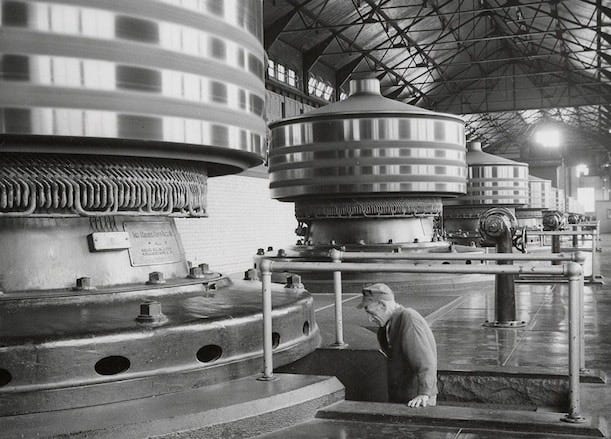

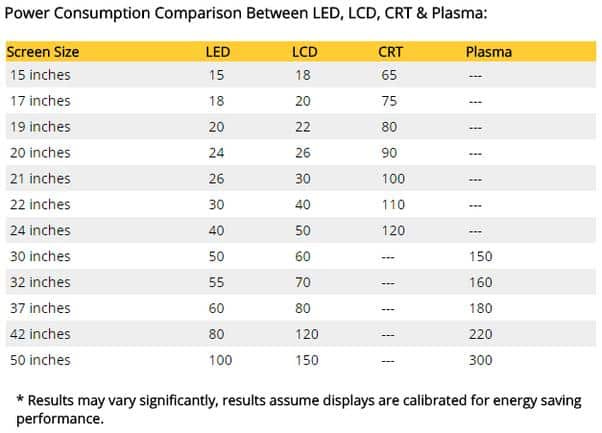
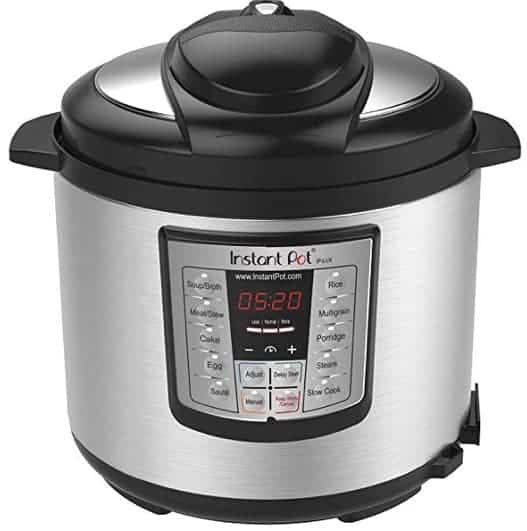


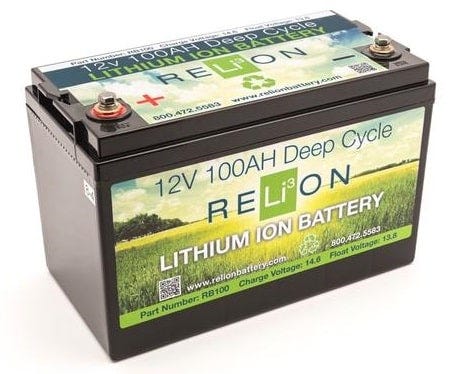
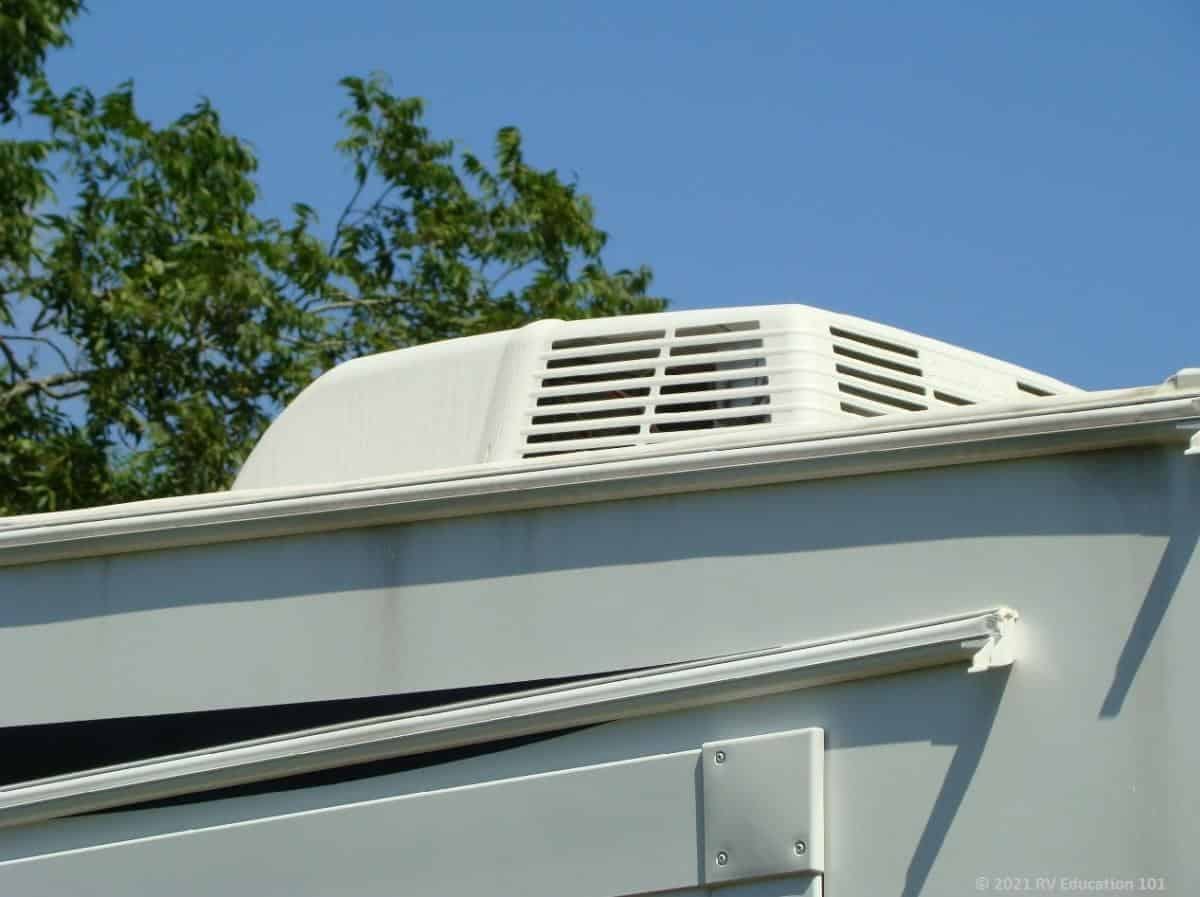
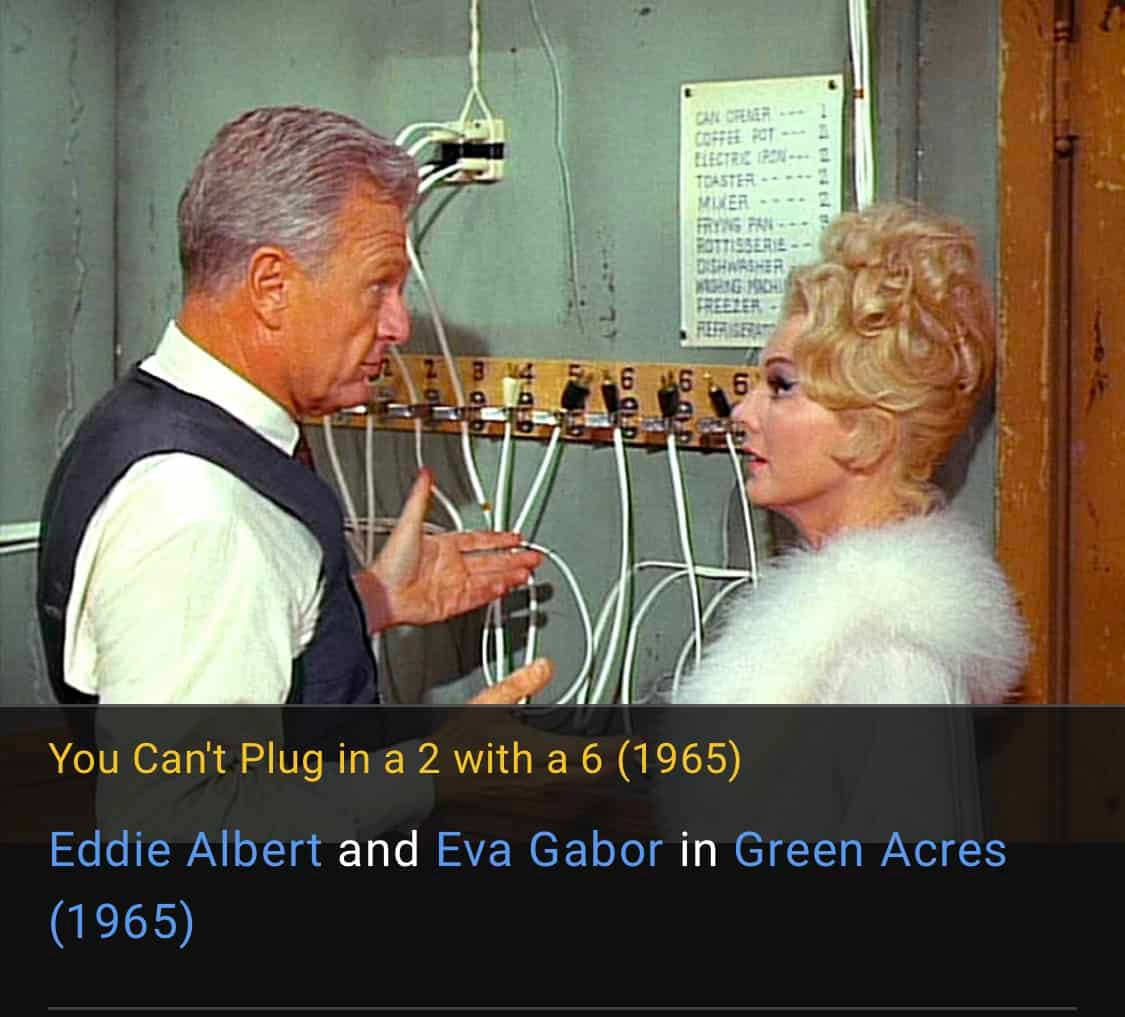
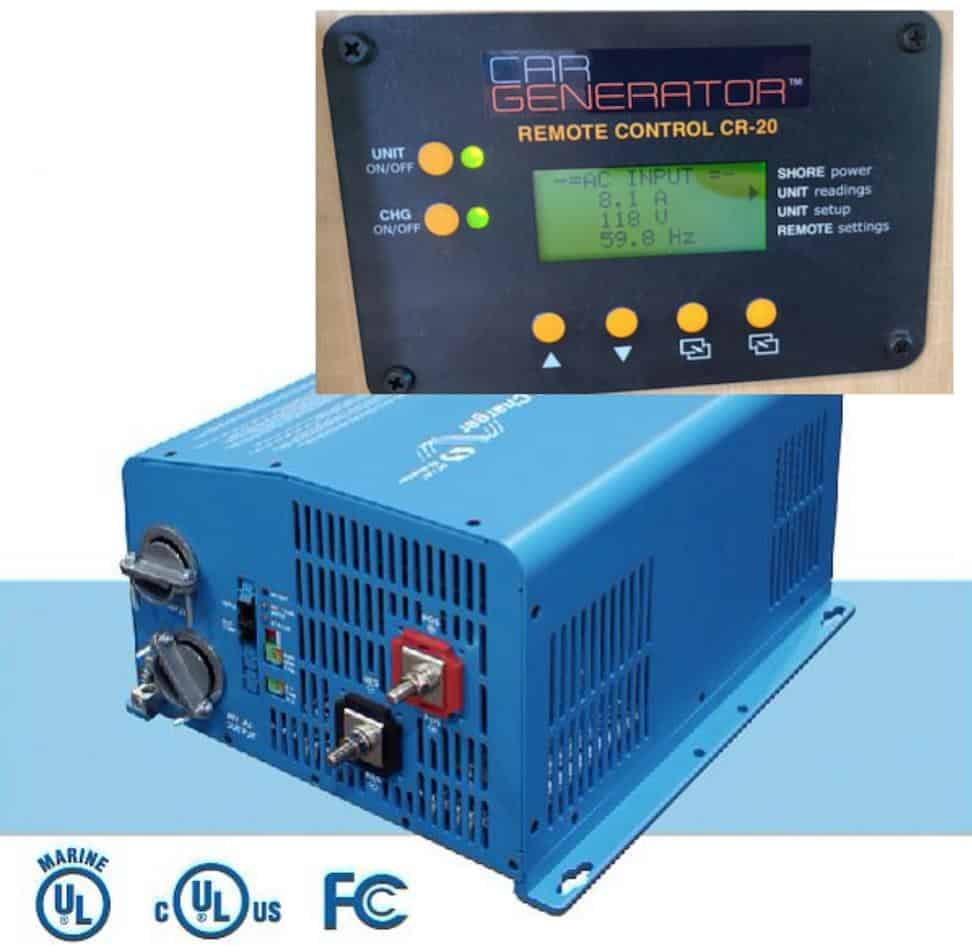

I have two 100 ah lithium batteries in our travel trailer. I'm still using the original converter that came with our 2012 trailer. However, I have 700 watts of solar on the roof and it feeds an MPPT Morningstar controller. The folks at Morningstar helped me write a special program to charge my lithium batteries at 14.4 volts for a specific amount of time. I also spoke to the folks at Progressive Dynamics (makers of my converter) about whether I should 'upgrade' to a specific lithium converter, and the tech I was speaking with said as long as I had the solar system up and running at the same time i should be fine. So, remembering what a PITA swapping out the original converter was when it died, I'm going with the advice from them.
What do you think, Mike?